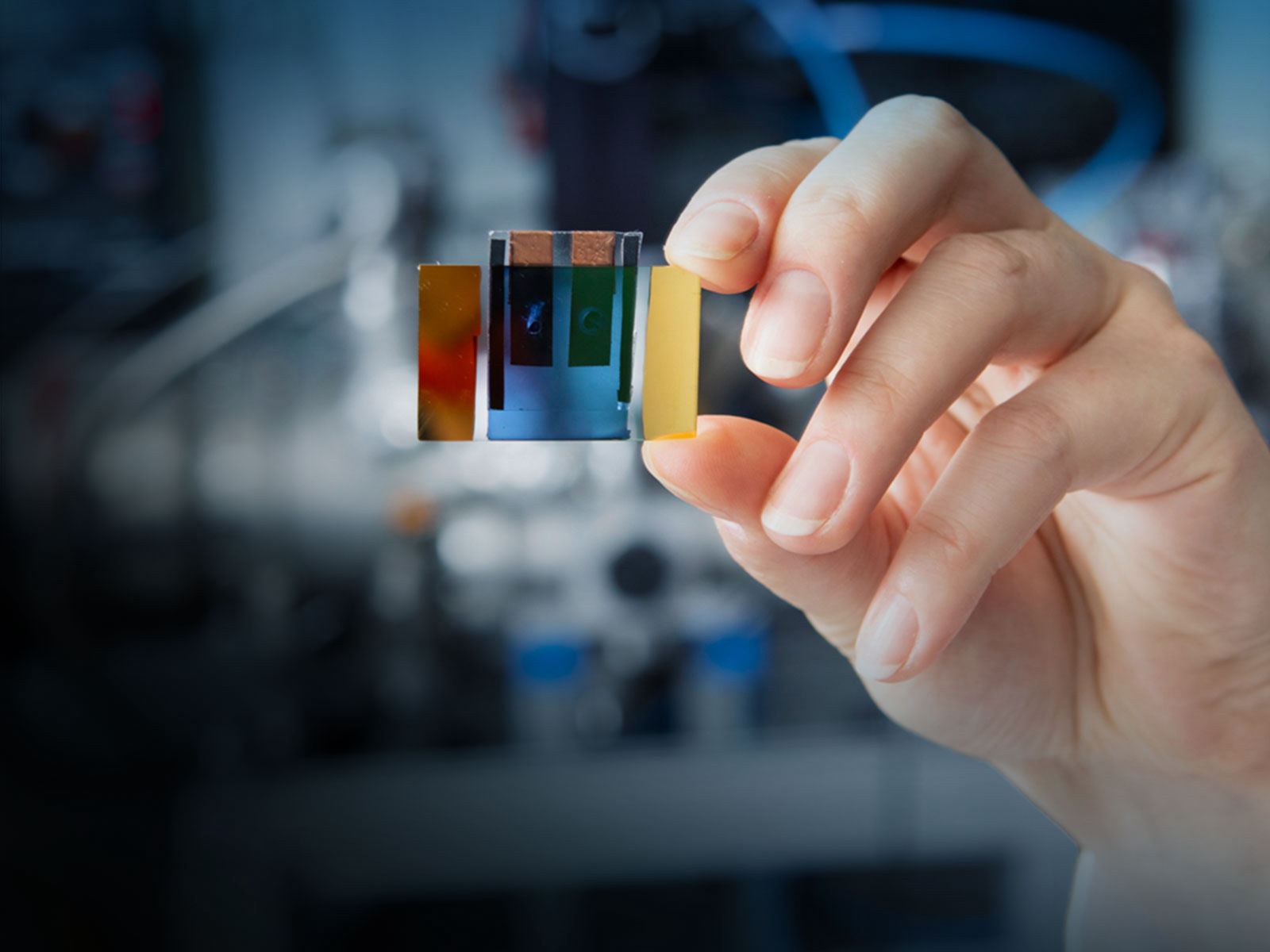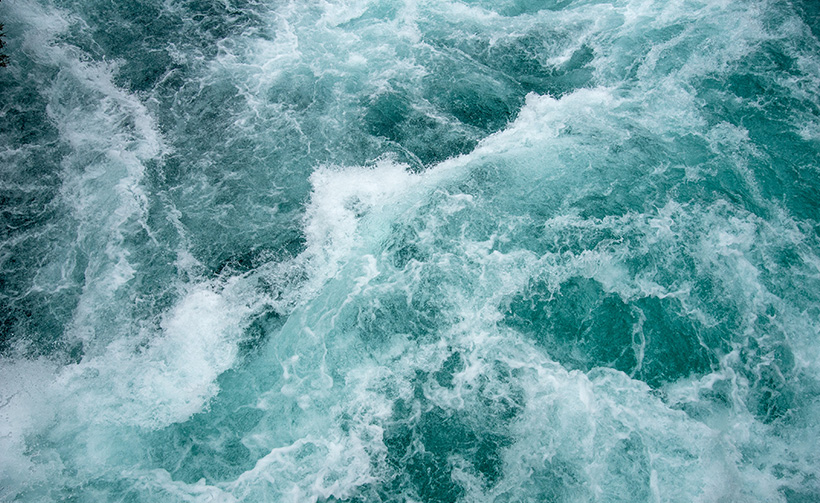
Nanosponge for generating electricity
This innovative project shows how evaporation energy can be converted into electricity.
It promises to produce a completely new kind of green energy: The EU project EHAWEDRY is developing a material that can generate electricity when becoming wet and then drying again.
The basis is electrically conductive materials that contain countless nanometre-sized pores. Experiments at DESY’s X-ray sources play a key role in the development of these materials. PETRA III has already provided essential insights into the underlying mechanisms.
PETRA IV will lead to a significantly deeper understanding and allow the behaviour of the individual pores to be explored in detail.

The underlying principle of this new method is that a positive electrical voltage is applied to such a “nanosponge” as it is flooded with salt water. Negatively charged ions then attach themselves to the walls of the pores, leaving behind positive ions in the water. The charges become separated. When the nanosponge dries again, the charges draw closer together. This increases the electrical voltage, which can be used to generate an electric current – ultimately, the latent heat of evaporation is converted into electrical energy.
“Because of the enormous number of pores, one cubic metre of the nanosponge could deliver more than ten kilowatts of power, free of CO₂.”

“Unused waste heat from industrial plants or data centres could be used for the drying process,” says Huber. Before that, however, various research issues still need to be clarified.
During the drying process, for instance, the salt might crystallise, thereby cracking open the nanosponge. “In order to analyse these processes as well as possible, we ideally need to observe what is happening in the individual pores,” explains Huber. “This has only been possible to a limited extent with PETRA III, because we can usually only observe several pores at a time, so we are averaging their behaviour.” The X-ray beam of PETRA IV will be much finer and more intense, by contrast, and will be able to precisely track what is happening in individual nanopores:
- Where exactly do the ions attach to the walls of the pore when they are wetted?
- How much liquid remains in the tiny cavity when it dries?
100 times more precision
The behaviour over time will also be much easier to track: The X-rays generated by PETRA IV should enable researchers to monitor the wetting and drying of the nanopores to within a few hundredths of a second, with about a hundred times greater precision than before. And since the X-ray beam is coherent, i.e. highly ordered, it even seems possible to record holograms – producing detailed 3D movies of the energy generation processes in the nanosponges.

Heidrun Hillen
I am happy to answer your questions about PETRA IV.
Further research topics

Healthcare
How can diseases be better tackled?

New materials
How can we save resources?

Energy
How can we make more resilient materials?

New technologies
What do we need for the digital world of tomorrow?

Earth and the environment
How do we preserve our ecosystems?

Cultural heritage
How can we preserve our cultural treasures?


